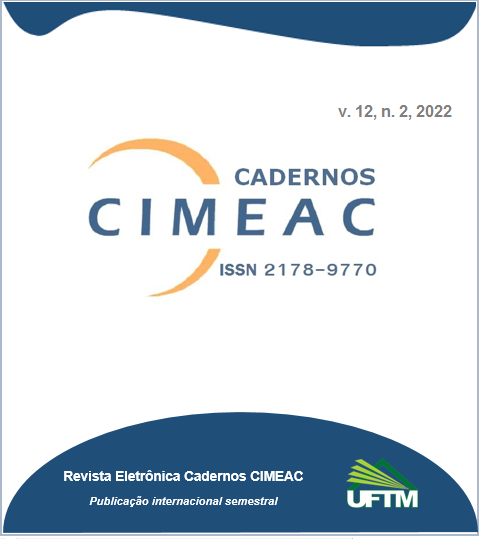Práticas populares de enxertia e os saberes botânicos envolvidos: possibilidades da integração de saberes no ensino de ciências e Biologia
DOI:
https://doi.org/10.18554/cimeac.v12i2.6053Abstract
Grafting is the process of connecting plant tissues of two plants, different individuals that start to develop as if they were one. It is considered an ancient technique and is related to traditional peoples. Considering the difficulty of teaching learning in the discipline of botany, knowing the different ways of practicing grafting is an important mechanism for approximating the botanical knowledge exercised daily to the teaching of biology. Thus, this work aimed to investigate the grafting practices developed by local popular communities and the botanical knowledge involved to point out the possibilities of integrating the theme to the teaching of Sciences and Biology. For this, three men were interviewed who developed grafting techniques on plants. The research was conducted through semi-structured interviews and the speeches from the interviews were submitted to qualitative analysis. We realized that grafting techniques have great potential for the study and understanding of the physiological, anatomical, and reproductive processes of plants, making it possible to integrate popular knowledge with scientists in the classroom, making the teaching of botany meaningful and contextualized for both the educator and the student.
Downloads
Published
Issue
Section
License
Os autores que publicam nesta revista concordam com os seguintes termos:
(a) Não cobramos dos autores para a publicação neste periódico.
(b) Autores mantém os direitos autorais e concedem à revista o direito de primeira publicação, com o trabalho simultaneamente licenciado sob a Licença Creative Commons que permite o compartilhamento do trabalho com reconhecimento da autoria e publicação inicial nesta revista.
(c) Autores têm permissão e são estimulados a difundir e a distribuir a versão publicada de seu trabalho online (ex.: em repositórios institucionais ou na sua página pessoal) após o processo editorial, já que isso pode aumentar o impacto e a citação do trabalho publicado (Veja O Efeito do Acesso Livre).
* * *
AUTHORS COPYRIGHT AND PUBLISHING RIGHTS
Authors who publish with this journal agree to the following terms:
(a) This journal does not charge authors for publication.
(b) Authors retain copyright and grant the journal right of first publication with the work simultaneously licensed under a Creative Commons Attribution License that allows others to share the work with an acknowledgement of the work's authorship and initial publication in this journal.
(c) For authors whose articles have been accepted: authors are permitted and encouraged to post their work online (e.g., in institutional repositories or on their website) after the publication of the text in Cadernos CIMEAC, as it can lead to productive exchanges as well as earlier and greater citation of published work (See The Effect of Open Access).

 10.18554/cimeac
10.18554/cimeac

